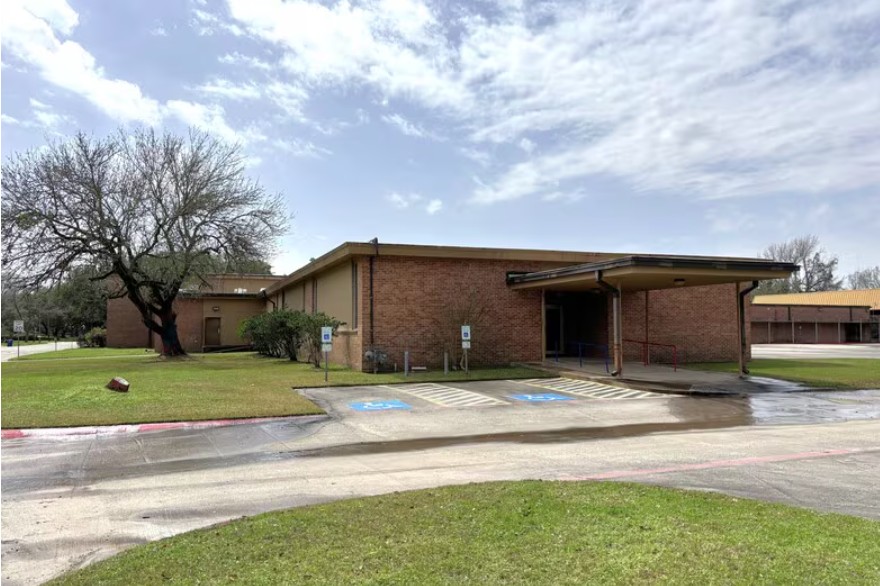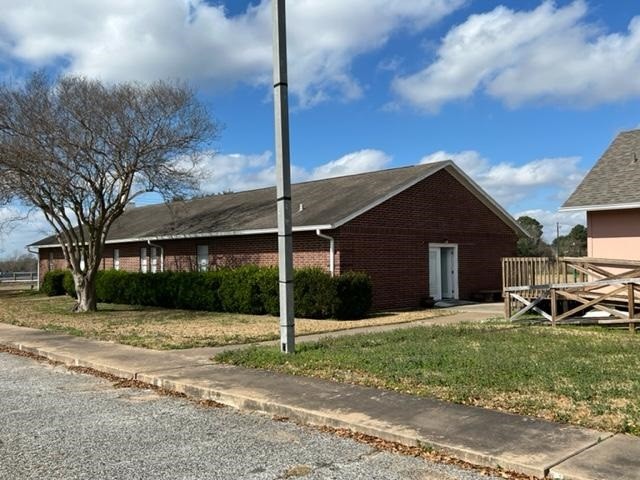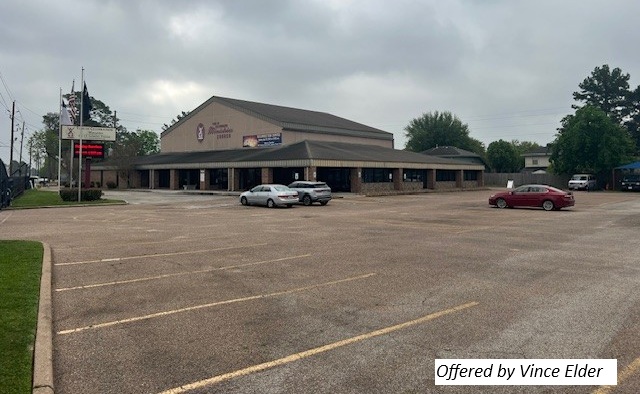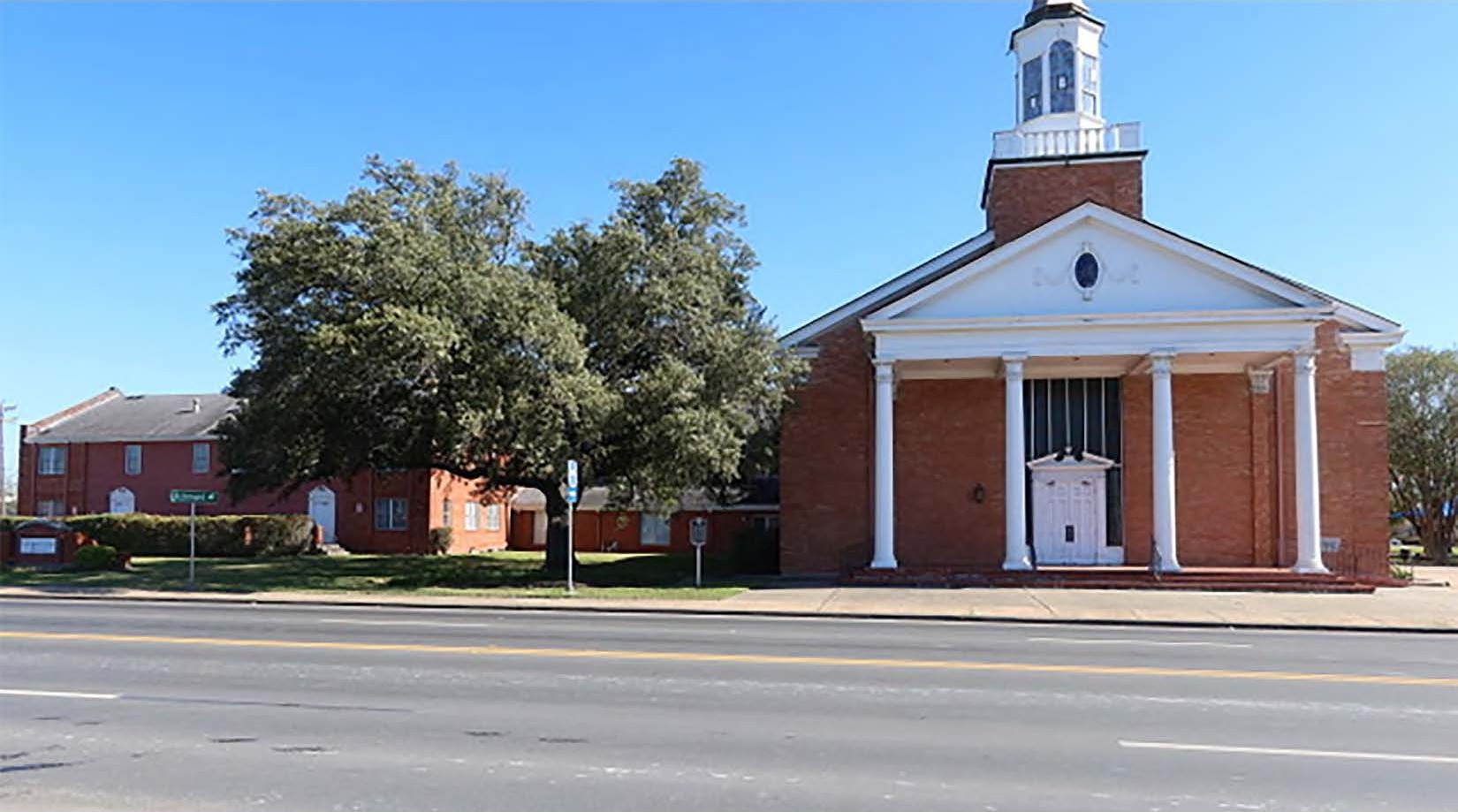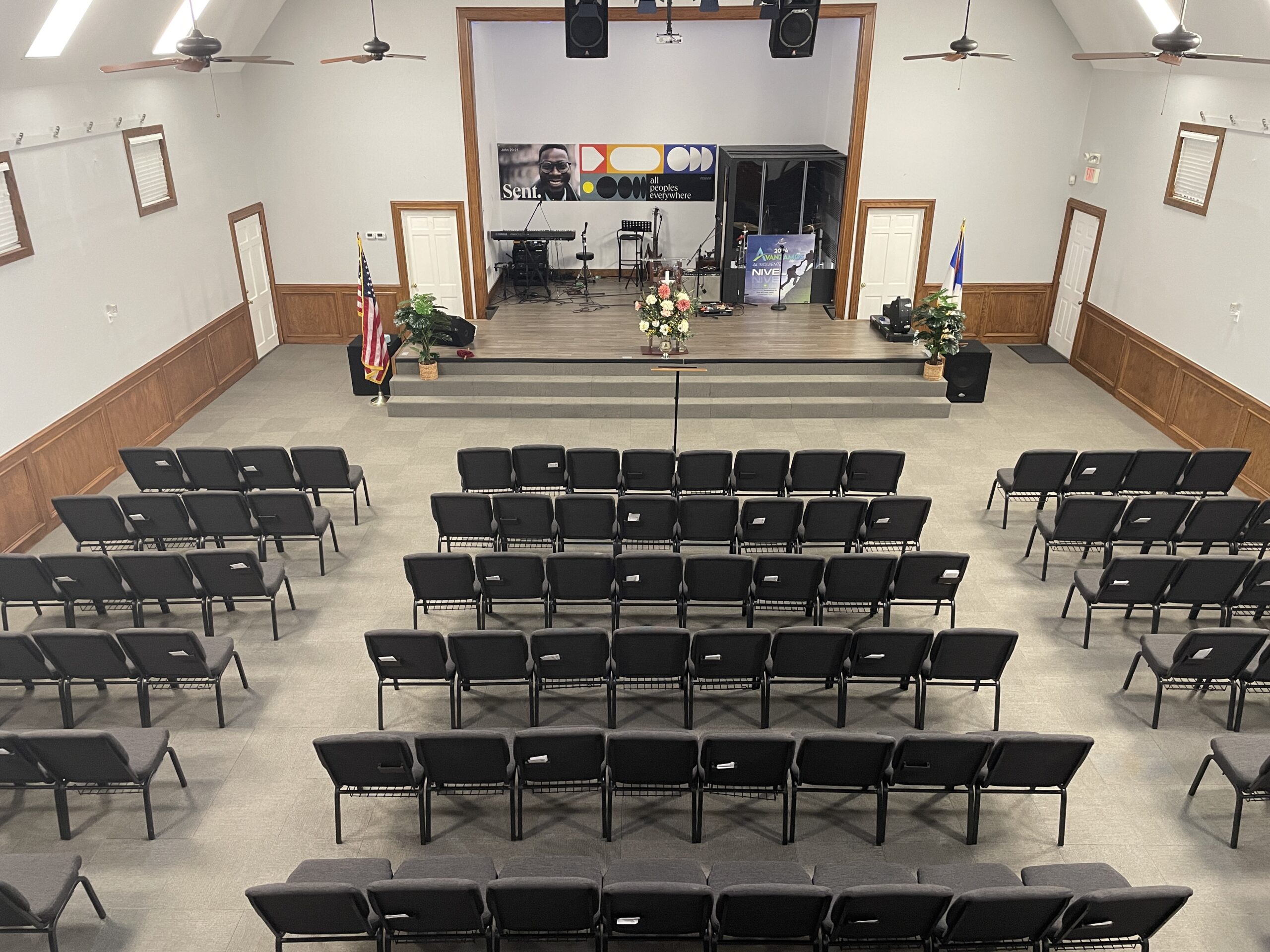By Daniel Lopez, Church Realty
Local churches, like individuals, progress through a “life cycle” with well-known stages. When a church starts, they often meet in a rented space and eventually are able to get a home of their own. In time, buildings are built, programs multiply, ministry thrives, and then over time neighborhoods change and people move. Often churches find themselves in buildings that were built for a different season of ministry, and they find themselves with more facility than they need. In this stage of the life cycle, many churches opt to rent their space to other churches or local non-profits to generate income or to be good stewards. Like it or not, most local churches will need to grapple with their own “theology of space” at some point in their ministry life.
Consider this case: “Church A” owns a great facility but has been losing members for some time, and those members are getting older. Offerings have decreased, and there is unused space. At the same time, “Church B” (typically composed of ethnic minorities) has been growing, and the space they are now renting is no longer sufficient to accommodate them, which limits their growth. Both congregations can turn their problems into a synergistic opportunity for great mutual blessing.
Considering a shared space and/or time arrangement
Both congregations have much to gain from sharing the property, with “Church B” paying a monthly fee to “Church A” for using their facility.
Advantages for the congregations:
- Provides the most efficient use of space as a matter of stewardship.
- Can help with “Church A’s” financial situation through the financial contributions from “Church B.”
- Can assist with the growth of “Church B” by offering a larger and more comfortable space than before.
- Can foster a mutually supportive ministerial relationship that is a great blessing. “Church A” can be encouraged to view “Church B” as an integral part of their ministerial vision by being exposed to another culture and/or language and/or styles that can enrich their experience. “Church B” can benefit from the greater experience and resources of “Church A” to mature more effectively.
- Provides a “real-life lab” for ministry by having to coexist with the other group.
However, there are some potential disadvantages to consider:
- Both parties must be willing to make certain adjustments: possible changes in meeting times or days, more limited use of certain areas, and the need to share critical resources such as kitchens, bathrooms, electronics, baptistries, office materials, and others.
- Tensions could arise between individual members of the two congregations and/or misunderstandings could take place. The potential for interpersonal or inter-church conflict is real and should be navigated carefully.
Shared-use models
We observe some different models of interaction between a “Church A” and a “Church B,” across two distinct dimensions: shared time and shared space.
Neither shared space nor time
In this model, the two congregations use different spaces within Church A’s property, either at the same time or at different times, without interfering with each other. This is the case of a “Church A” that, apart from the sanctuary, has a large educational space, often in a separate building, allowing for the simultaneous operation of two (or more) congregations. In this way, “Church B” can use an appropriate place for worship (usually not the main sanctuary) while also having access to a fellowship area, kitchen, and classrooms for Bible study. This model requires the least interaction between the two congregations, with the lowest potential for conflicts but without a common experience between the two groups. Both congregations are likely to have separate ministry lives. In this model, it is very possible that “Church A” will regard “Church B” simply as a tenant, nor as partner of any kind.
Shared space, separate time
When one of the facilities is used by both churches (usually the main sanctuary), both must learn to use that space at different times. This requires a negotiated adjustment of schedules that works for both groups. Since most churches have their main service on Sunday mornings, that time between 8 a.m. and noon must be managed with a high degree of coordination between the two congregations. This situation requires a high level of interaction between both groups, which will allow them to get to know each other better, possibly leading to a deeper ministry partnership that is a blessing to both churches in the medium term.
Separate space, shared time
Sometimes it is necessary for the two groups to use different spaces on the property, but at the same time. For example, if for some reason there is no flexibility in scheduling, the Sunday Service takes place simultaneously for both congregations (perhaps in different languages) in different rooms. Although this case is not very common, it also requires a high degree of coordination between the two groups. For example, the volume of sound in one venue must be managed so that it doesn’t interfere with the ongoing worship activity of the other group. It also means that the use of different resources (electronics, audiovisuals, etc.) must be independent.
Shared space and time
This happens when both congregations or groups participate in the same activity at the same time and in the same space. If they are congregations with different languages, simultaneous translation will probably be needed in some form. The most common case is sharing the main service as a celebration or sometimes as a special meeting. Music and song selections must be well coordinated, and perhaps people from both congregations can participate in different aspects of the service. This format is relatively common if “Church B” were a recognized ministry of “Church A”. For example, the second group being the “Hispanic ministry” of the first church. Essentially, this format can quickly lead to the two groups truly considering themselves part of the same local church, even if they are ministering to two different ethnic groups and/or languages. The ultimate result here is that the distinction between “Church A” and “Church B” could completely disappear, which may not be a bad thing at all.
At Church Realty, we have worked with local churches that have adopted these and other creative interaction models with other bodies of believers. If your congregation is considering renting part of its space to another group, we know of churches looking for a place to continue growing. If your congregation, on the other hand, needs a new place, we know of churches willing to share the property God has given them. It is important for your church to develop and understand your Theology of Space. This will guide you as you determine how you will use your space and how you may offer it to others. We would be happy to meet with you as you consider the best way forward.
If you are a “Church A” looking to rent your space to another congregation,
click here to fill out this questionnaire, and we will get back to you promptly to discuss your options.
In the meantime, don’t hesitate to contact us at (281) 744-0644 at any time, thank you.

AVAILABLE CHURCH PROPERTIES
Propiedades Disponibles
